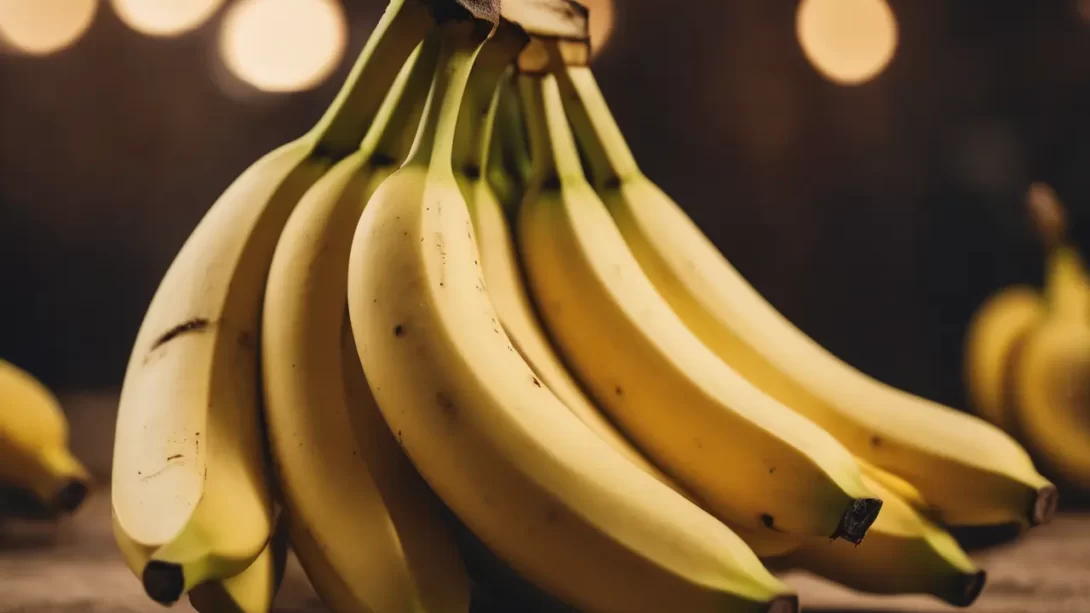In the world of genetics, chromosomes play a crucial role in defining the characteristics and traits of all living organisms, including plants. Among the various fruits we consume, bananas are known not just for their nutritional value but also for their interesting genetic makeup. This article focuses on unraveling the chromosome count in bananas and understanding its significance in the broader context of plant genetics.
Basic Genetics and Chromosomes
Chromosomes are thread-like structures located in the nucleus of cells, made up of DNA and proteins. They carry genetic information in the form of genes, which determine the inherited traits of an organism. The number of chromosomes varies widely among different species. For instance, humans have 46 chromosomes, while other species can have a significantly different count. This variation in chromosome number is a fascinating aspect of genetics that influences the diversity of life forms on Earth.
The Banana’s Genetic Makeup
The banana, scientifically known as Musa, is one of the most popular fruits globally. Its genetic makeup has intrigued scientists and researchers for years. As a member of the angiosperm family, the banana plant’s genetic structure is complex and varies significantly from other well-known plants and fruits.
Chromosome Count in Bananas
Bananas have a unique chromosome count that sets them apart from many other plants. A typical banana has 22 chromosomes (11 pairs), which is more than what is found in some other fruits but less than others. This chromosome number is crucial in determining the physical and biological characteristics of the banana, such as size, taste, and texture.
Types of Bananas and Their Chromosome Counts
Bananas come in various types, broadly categorized into wild and cultivated varieties. Wild bananas, like Musa acuminata and Musa balbisiana, typically have a simpler genetic makeup with diploid chromosome numbers (2n). For example, Musa acuminata has 22 chromosomes (11 pairs). However, most cultivated bananas, including the popular Cavendish variety, are triploid with three sets of chromosomes (3n), amounting to 33 chromosomes in total. This increase in chromosome count is a result of hybridization and selective breeding over centuries.
Significance of Chromosome Count in Bananas
The chromosome count in bananas is directly linked to several of their key characteristics. For instance, the seedlessness and the larger fruit size in cultivated bananas are attributed to their triploid nature. The higher chromosome count interferes with normal seed development, leading to the small, non-viable seeds seen in commercial bananas. Furthermore, this genetic characteristic also impacts the plant’s overall fertility and susceptibility to diseases. Triploid bananas often have reduced fertility, making them dependent on vegetative propagation for cultivation.
This genetic makeup, while beneficial for creating the seedless, sweet bananas we enjoy, also presents challenges. The lack of genetic diversity, especially in widely cultivated varieties like the Cavendish, makes them more susceptible to diseases, such as the notorious Panama disease. The banana industry continuously faces the challenge of addressing these vulnerabilities, partly rooted in the plant’s genetic structure.
Genetic Modification and Future of Banana Cultivation
Given the challenges posed by the genetic makeup of cultivated bananas, especially their susceptibility to diseases, genetic modification emerges as a potential solution. Scientists are exploring ways to modify the banana genome to enhance disease resistance while maintaining the fruit’s desirable qualities. Such modifications could involve altering the chromosome structure or number to develop more robust varieties. This approach, however, raises ethical and safety concerns that must be carefully considered.
Future Trends in Banana Genetics
The future of banana cultivation may depend significantly on advances in genetic research and biotechnology. Efforts are underway to create banana varieties that can withstand pests and diseases while reducing the reliance on chemical treatments. Breeding programs are also exploring the possibility of introducing genetic diversity back into cultivated bananas to increase their resilience. These initiatives aim to ensure a sustainable future for banana cultivation in the face of changing environmental conditions and evolving pathogens.
Conclusion
In conclusion, the common banana we enjoy today has 33 chromosomes, a result of hybridization and breeding practices aimed at enhancing certain desirable traits. This genetic characteristic plays a crucial role in the banana’s physical attributes, including its seedlessness and size, but also contributes to challenges in cultivation, particularly concerning disease susceptibility. As we move forward, the intersection of genetics, agriculture, and technology will be key in addressing these challenges, ensuring that bananas continue to be a staple fruit globally. Understanding the intricate details of banana genetics, including their chromosome count, is not just of academic interest but also vital for the future of food security and sustainable agricultural practices.



